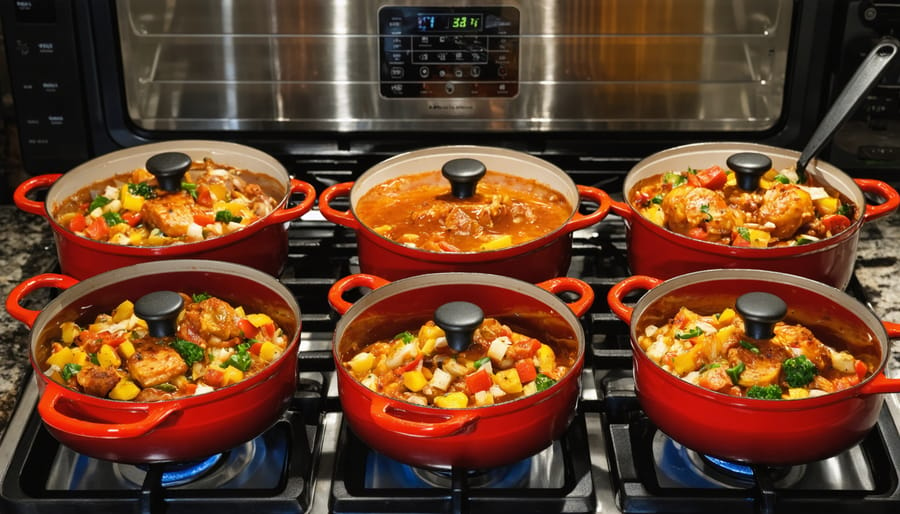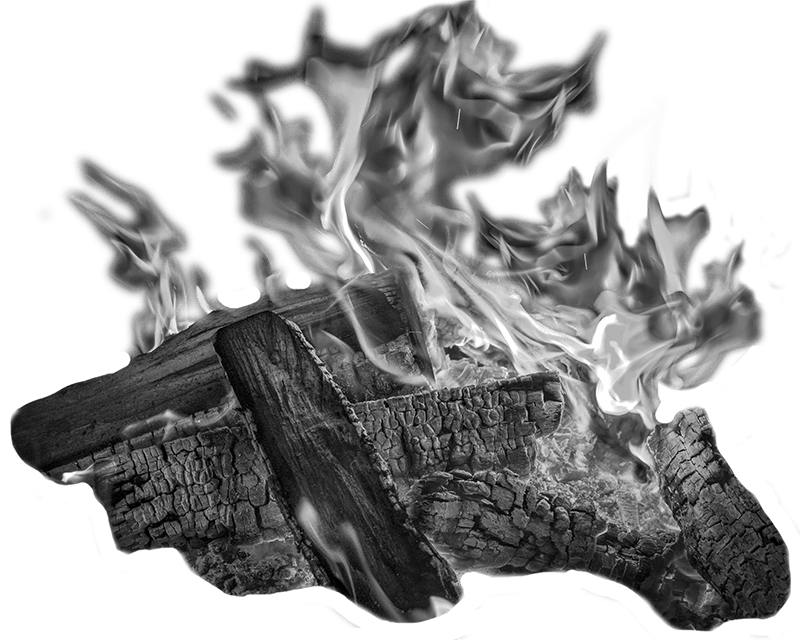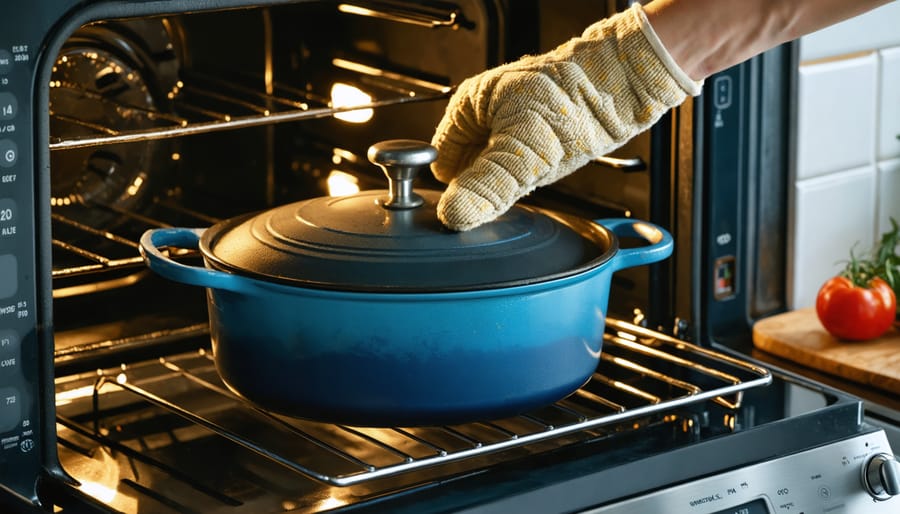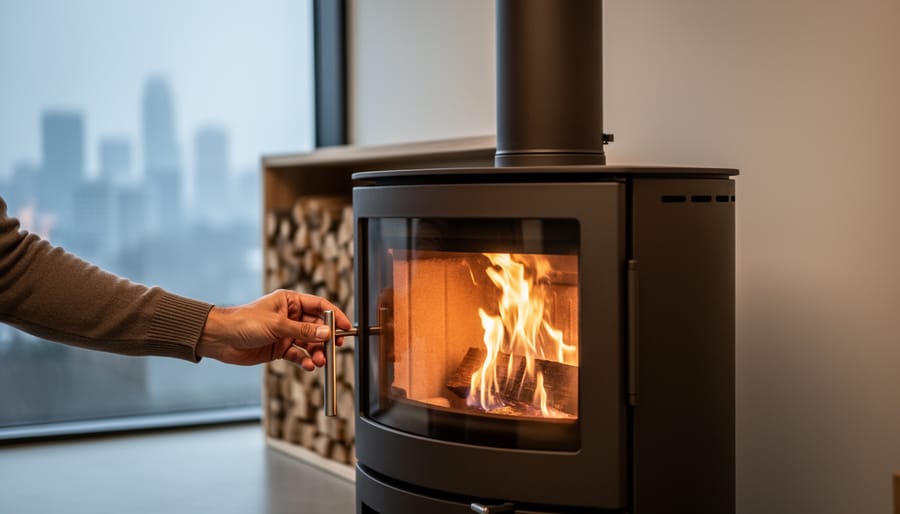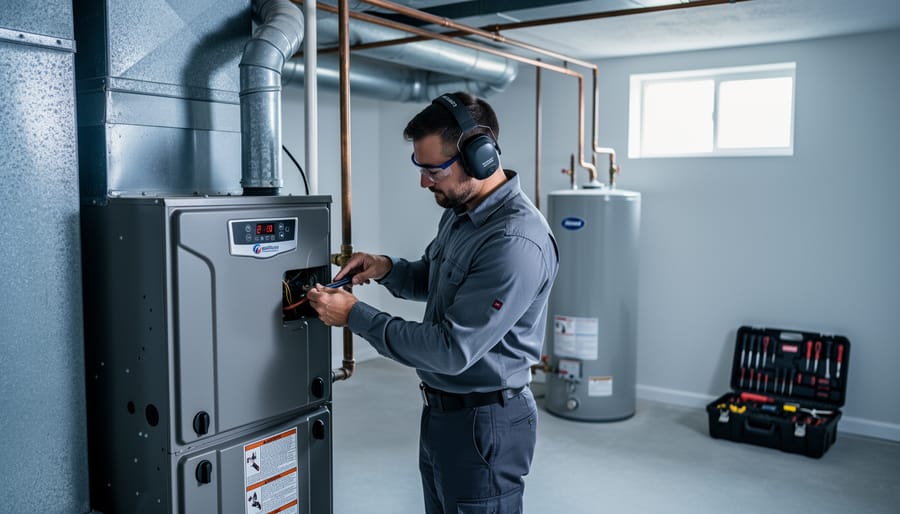**Check the manufacturer’s markings on your pot’s base and lid handle** – look for “oven-safe” stamps or temperature ratings, typically ranging from 350°F to 500°F depending on materials. Glass lids with metal rims usually max out at 400°F, while all-metal construction can often handle higher temperatures.
**Verify that every component can withstand oven heat** – this means examining handles, knobs, and lid seals. Plastic handles and silicone grips are deal-breakers for oven use, while stainless steel, cast iron, and certain ceramic handles pass the test. When in doubt, if any part looks or feels like it could melt, keep it on the stovetop.
**Invest in versatile Dutch ovens or enameled cast iron pots** that transition seamlessly from stovetop to oven. These workhorses excel at one-pot meals, slow braises, and even bread baking – a sustainable approach that conserves energy by maximizing your cookware’s potential. Their heat retention properties mirror traditional hearth cooking methods, creating that same cozy, efficient warmth in your modern kitchen.
**Test new cookware at lower temperatures first** before pushing limits. Start at 350°F for 30 minutes to ensure handles stay cool enough to touch with oven mitts and lids don’t warp. This simple precaution prevents damaged cookware and potential kitchen mishaps.
Understanding your pots’ oven capabilities transforms meal preparation, allowing you to brown on the stovetop and finish in the oven without transferring between dishes – saving time, reducing cleanup, and bringing efficient, hearth-style cooking into your daily routine.
What Makes a Pot Truly Oven-Safe
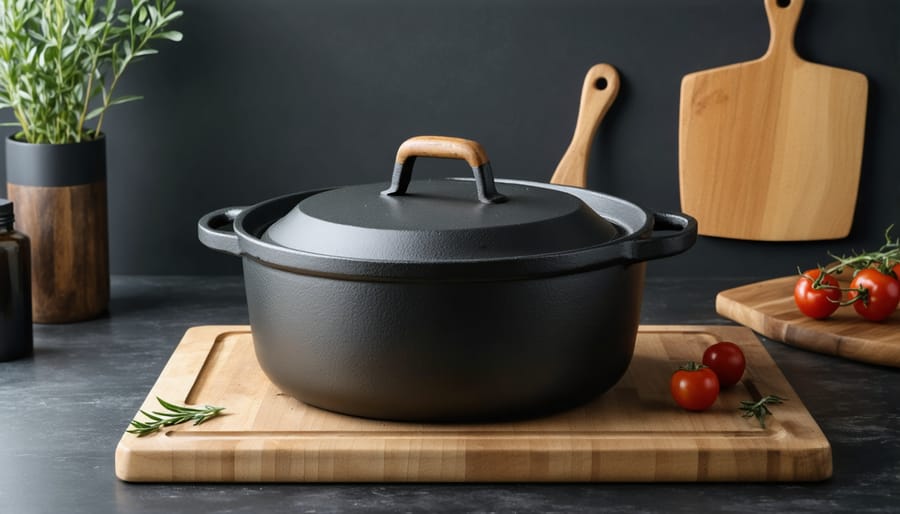
The Material Question: What Can Handle the Heat
Not all materials are created equal when it comes to withstanding oven heat, and understanding these differences will help you choose the right pot for your cooking needs—whether you’re slow-roasting on a chilly evening or preparing a hearth-inspired feast.
**Cast iron** stands as the champion of heat tolerance, easily handling temperatures up to 500°F or higher. These workhorses transition beautifully from stovetop to oven, making them perfect for one-pot meals that start with a sear and finish with a slow braise. Their heat retention also means they keep food warm long after leaving the oven, much like how a stone fireplace radiates warmth hours after the fire dies down.
**Stainless steel** offers impressive versatility among oven-safe cookware options, typically rated for 500-600°F. Look for solid stainless steel lids and handles without plastic components, as these can limit your temperature range significantly.
**Enameled cast iron** combines cast iron’s heat capabilities with a colorful, easy-to-clean coating. Most pieces handle 400-500°F safely, though the enamel requires gentler treatment than bare cast iron to prevent chipping.
**Ceramic cookware** brings eco-friendly appeal to your kitchen with its non-toxic construction and natural materials. Generally safe up to 350-450°F, ceramic cookware works wonderfully for moderate-heat dishes, though it’s more temperature-sensitive than metal alternatives.
Always check manufacturer guidelines, as specific designs and handle materials can affect maximum safe temperatures regardless of the pot’s primary material.
The Lid Factor: Why It Changes Everything
Here’s the thing many home cooks overlook: a pot might be oven-safe, but that doesn’t automatically mean its lid is. This matters more than you’d think, especially when you’re creating those slow-cooked, hearth-style meals that fill your home with warmth and irresistible aromas.
Glass lids typically max out between 350-400°F, while the pot itself might handle much higher temperatures. Metal lids are generally more forgiving, but here’s the catch—check those knobs. Plastic knobs often fail around 350°F, melting or warping when you least expect it. Phenolic handles fare slightly better, while metal or silicone-wrapped knobs give you the most flexibility.
Temperature mismatches between lid and pot can derail your cooking plans quickly. Before assuming everything’s oven-safe, flip that lid over and look for temperature ratings stamped on the underside. Many manufacturers sell replacement metal knobs specifically for oven use—a small investment that transforms your cookware’s versatility. When you’re aiming for efficient, eco-friendly cooking that mimics traditional methods, knowing your lid’s limitations ensures you’re not wasting energy or risking kitchen mishaps.
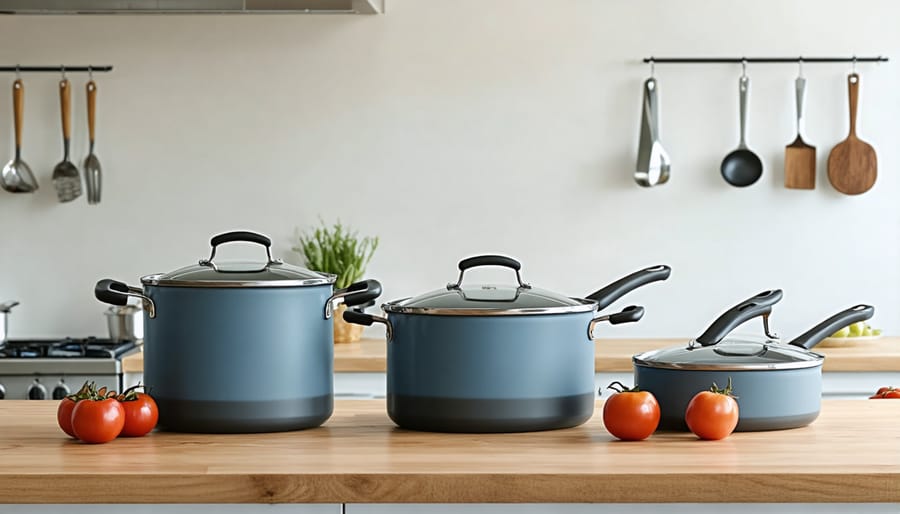
Best Oven-Safe Pots with Lids for Your Kitchen
Cast Iron Dutch Ovens: The Hearth Kitchen Champion
Cast iron Dutch ovens represent the gold standard for oven-safe cooking, bridging centuries of culinary tradition with modern kitchen needs. These hefty pots trace their lineage directly to the hearth cooking methods our ancestors perfected, when a single pot suspended over glowing embers served as the centerpiece of family meals. That heritage makes them naturally suited for today’s ovens, where they distribute heat with remarkable evenness and retain warmth long after you’ve served dinner.
What makes cast iron Dutch ovens exceptional is their ability to handle temperatures that would destroy lesser cookware. Most can withstand 500°F or higher, making them perfect for everything from slow-braised stews to crusty artisan bread. The thick walls create a miniature convection environment, circulating heat around your food just as fireplace coals once did. This even heating means fewer hot spots and more consistent results, whether you’re making a pot roast or experimenting with Dutch oven camping recipes.
When choosing a Dutch oven, look for one with a tight-fitting lid that traps moisture and flavor. The oven-safe lid knob is crucial—traditional metal knobs handle high heat better than plastic alternatives. Weight matters too; a quality piece feels substantial but not unwieldy. Pre-seasoned options save time, though building your own seasoning creates a naturally non-stick surface that improves with use.
These pots embody sustainable cooking at its finest, lasting generations with proper care while reducing energy consumption through superior heat retention—a perfect complement to eco-friendly home heating practices.
Enameled Cast Iron: Beauty Meets Function
Enameled cast iron combines the exceptional heat retention of traditional cast iron with a smooth, colorful finish that makes cooking and cleanup a breeze. These beautiful pots transition effortlessly from stovetop to oven, making them perfect for those cozy, slow-cooked meals that warm your home from the inside out—much like gathering around a crackling fire on a chilly evening.
The enamel coating eliminates the need for seasoning while protecting the iron from rust, and it won’t react with acidic ingredients like tomatoes or wine. Most enameled cast iron is oven-safe up to 500°F, though you’ll want to verify your specific pot’s temperature rating, especially if it has metal knobs rather than phenolic ones.
What makes these pots truly special is their versatility. Start a hearty beef stew on the stovetop, then slide it into the oven to finish cooking slowly—an energy-efficient approach that recalls traditional hearth cooking methods. The heavy lid creates a self-basting environment, keeping moisture locked in and flavors concentrated. Plus, these stunning pots go straight from oven to table, adding warmth and charm to your dining experience while reducing dishwashing.
Stainless Steel with Metal Lids: The Versatile Workhorse
Stainless steel pots with metal lids are the reliable workhorses of oven-to-stovetop cooking, perfect for braising meats or creating hearty stews that remind us of traditional hearth cooking. These durable pots excel at even heat distribution, making them ideal for slow-roasted dishes that fill your home with welcoming aromas.
When shopping for oven-safe stainless steel cookware, look for pots with solid metal handles and lids—avoid any plastic or silicone components that can melt. Quality construction matters for both performance and stainless steel cookware safety. Most stainless steel pots can handle temperatures up to 500°F, though always verify the manufacturer’s specifications.
The beauty of stainless steel lies in its versatility. You can start a dish on your stovetop, transfer it to the oven for slow cooking, then move it back to finish. This seamless cooking method reduces energy waste—an eco-friendly approach that aligns with efficient home cooking practices. Plus, these pots last for decades with proper care, making them a sustainable investment that reduces kitchen waste while delivering consistent, delicious results for your family meals.
How to Know If Your Existing Pots Can Go in the Oven
Before you invest in new cookware, it’s worth taking a moment to check whether your existing pots and lids are already oven-safe. You might be pleasantly surprised to discover that some of your current favorites can handle the heat just fine.
Start by flipping your pots and lids upside down and looking for manufacturer markings on the bottom. Many quality cookware pieces feature stamped symbols or text indicating their maximum oven-safe temperature. You’ll typically see something like “oven safe to 400°F” or a small oven symbol with a temperature rating. If you spot a line through an oven symbol, that’s your cookware’s way of saying “stovetop only, please.”
Can’t find any markings? Don’t worry—there are other clues to consider. The materials matter significantly here. Cast iron and stainless steel pots are generally oven-safe champions, especially if they have metal handles. However, if your pot has plastic handles, rubber grips, or silicone components, those are red flags for oven use. Even a small plastic knob on the lid can melt at high temperatures, creating a mess and potential safety hazard.
Glass lids deserve special attention. While many are oven-safe, they often have lower temperature limits than their metal counterparts—usually around 350°F to 400°F. Check for any rubber or silicone gaskets around the rim, as these aren’t meant for oven exposure.
If you’ve kept your original packaging or instruction manuals, now’s the time to dig them out. Manufacturers typically include detailed temperature guidelines and usage instructions. Lost the paperwork? Try visiting the manufacturer’s website and searching for your specific model number.
When in doubt, err on the side of caution. It’s better to use a pot you’re certain about than risk damaging a favorite piece—or worse, creating a kitchen disaster. Remember, safe cooking practices contribute to a warm, worry-free home environment where you can focus on what matters most: creating delicious meals for the people you love.
Safe Temperature Practices for Oven Cooking with Lids
Understanding temperature limits for your oven-safe cookware is crucial for both safety and preserving your investment. Different materials handle heat in unique ways, much like how various fireplace materials withstand different levels of warmth in your hearth.
**Cast iron and carbon steel** are the champions of high heat, safely handling temperatures up to 500°F or even higher. These traditional materials have been used for generations in both ovens and over open fires, making them perfect for those who appreciate time-tested cooking methods. Their lids, when made of the same material, share these impressive heat tolerances.
**Stainless steel cookware** typically withstands temperatures between 400-500°F, though this depends on the lid’s construction. Check whether handles or knobs contain plastic components, as these usually limit you to around 350-400°F maximum.
**Enameled cast iron**, while beautiful and functional, requires more care. Most brands recommend staying below 400-450°F to prevent the enamel coating from cracking or discoloring. Think of it like protecting a cherished fireplace mantel—proper care ensures longevity.
**Glass lids** generally max out at 350-400°F, and sudden temperature changes can cause them to shatter. Always verify the manufacturer’s specifications, as tempered glass varies in quality.
**Non-stick cookware** is the most temperature-sensitive, typically safe only up to 350-400°F. Higher temperatures can damage the coating and release potentially harmful fumes—a safety concern similar to proper ventilation in your home heating systems.
Always preheat your oven gradually and avoid thermal shock by never placing cold cookware directly into a hot oven. This gentle approach, much like building a fire slowly for optimal warmth, protects your cookware and ensures safe, efficient cooking for years to come.
Common Mistakes That Damage Your Cookware (And How to Avoid Them)
Even experienced home cooks make simple mistakes that can shorten their cookware’s lifespan or create safety hazards. Let’s talk about the most common ones—and how to sidestep them entirely.
**Thermal shock** is the number one culprit. Moving a pot directly from your refrigerator into a hot oven can cause it to crack or warp. The dramatic temperature change stresses the material, much like how a cold glass might crack when filled with boiling water. Always let your cookware come to room temperature first, or start with a cold oven and heat everything together gradually.
**Forgetting about handles** ranks as another frequent mishap. Just because your pot is oven-safe doesn’t mean every component can withstand high heat. Those plastic or wooden handles that feel comfortable on the stovetop? They can melt, burn, or release harmful fumes in the oven. Before you commit, check the handle materials and verify the manufacturer’s temperature ratings. Metal handles are your safest bet, though they’ll need a good pot holder when it’s time to retrieve your dish.
**Using the wrong lid** happens more often than you’d think. Glass lids typically have lower heat tolerances than metal ones—some max out around 350°F while the pot itself can handle 500°F or higher. Always verify each component’s rating separately.
**Preheating problems** round out our list. Placing an empty pot in a preheating oven can damage non-stick coatings and warp certain materials. Add your ingredients first, or if you must preheat empty cookware, keep temperatures moderate and monitor closely.
Think of your oven-safe cookware like a well-tended fire—treat it with respect and attention, and it’ll reward you with years of reliable warmth and delicious meals.
Making the Most of Your Oven-Safe Cookware
Oven-safe pots with lids open up a world of cozy, efficient cooking that feels right at home alongside your hearth traditions. Think of these versatile pieces as modern interpretations of the cast-iron Dutch ovens that once hung over open fires—they’re perfect for creating warmth in your kitchen while you create warmth in your home.
One-pot meals are where these pots truly shine. Start ingredients on the stovetop to develop rich flavors, then slide everything into the oven with the lid on. This gentle, enclosed heat mimics traditional slow-cooking methods our ancestors used, transforming tough cuts of meat into tender comfort food while vegetables absorb every bit of flavor. Hearty stews, braised short ribs, and crusty no-knead bread all benefit from this approach.
Here’s an energy-efficient tip that aligns with eco-friendly living: use your oven-safe pot to prepare dinner while your fireplace or wood stove is already heating your home. You’re maximizing the warmth you’ve already created rather than adding extra heat sources. During colder months, this combined approach feels especially satisfying.
The covered cooking method also retains moisture beautifully, meaning you’ll use less liquid and preserve nutrients better than open-pan cooking. Plus, there’s something wonderfully nostalgic about lifting a lid to reveal a perfectly cooked meal—it’s the culinary equivalent of gathering around a crackling fire, bringing people together through shared warmth and delicious aromas.
